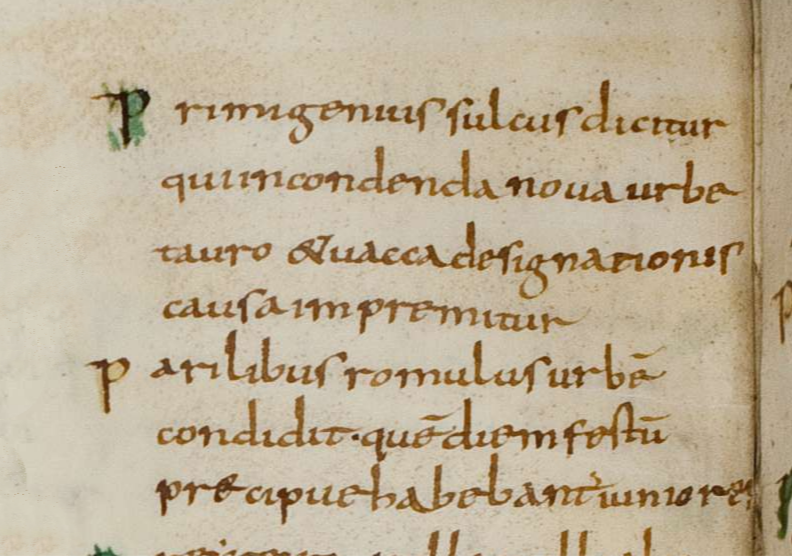The Great God Darzalas-Serapis
- sulla80

- Aug 13, 2023
- 3 min read
Updated: Dec 30, 2023
The coin that we share today is from Roman emperor Gordian III and was issued in Odessus, Moesia Inferior which is today the city of Varna in Bulgaria. The attractive "prize crown" on the reverse references a festival or games. [For a related set of notes see: Games of Brotherly Love]

Roman Provincial Coin, Moesia Inferior, Odessus, Gordian III (238-244), AE 9.83g 26.5mm, Pentassarion Obv: AVT M ANT ΓOPΔIANOC AVΓ, draped busts of Gordian, laureate and cuirassed, and Serapis-Darzalas, wearing calathus and with cornucopia over shoulder, facing one another Rev: OΔHCCEITΩN, Prize crown, containing two palm fronds and inscribed ΔAPZAΛEIA; E (mark of value) in exergue Ref: RPC VII.2, 1499; AMNG 2372; Varbanov 4527.
What is the meaning of the inscription on the prize crown (ΔAPZAΛEIA) - seen here more clearly on a different coin?

The Darzaleia, games in honor or Darzalas (the Great God of Odessus), took place in AD 238, probably in the presence of the emperor (see AMNG I, p. 528 - key paragraph shown below). Derzelas (Darzalas) was a Thracian chthonic god (underworld god) of abundance, and health of the human spirit. Theos Megas a Greek god of the underworld merged with a local hero Thracian god, Darzalas, and then later under the Romans merged identity with Serapis. This coin issued to celebrate games to the great god Darzalas.

Note: there is certainly uncertainty on the year of Gordian's presence. The museum of Varna cites the date of Gordian's visit as 242.
Loosely translated: "Lastly, we discuss the new types of the Gordian period. The medallions show the great gods, Asklepios and Hygieia (which are also celebrated in a possibly contemporary inscription) and various representations of the emperor. With Gordian repeatedly depicted on these coins, one may surmise that he visited the city, as he probably did for the neighboring city of Markianopolis. It is worth noting here that the coins of these two cities and those of Tomis share an obverse die with a beautiful bust of Gordian."
"On this occasion, the festivals/games in honor of the great god would have been celebrated, which is documented by several coins, including one with the prize crown inscribed ΔAPZΔΛEIA, illustrating that the main God of the Greek City Odessos (Θεὸς Μέγας Ὀδησιτῶν) was transformed under the influence of the Thracian neighbors into The Great God Darzalas (Θεὸς Μέγας Δερζελατης)." On this coin the Theos Megas is wearing a kalathos which is typical of Serapis.
"A kalathos is a tall headdress symbolizing prosperity and worn by certain gods and goddesses such as Serapis, Cybele, Demeter and Demeter 's daughter Persephone. More accurately it is a basket with a flared top which was used in a domestic context, sometimes referred to as a "bushel measure" for grain. Sometimes it is confused with the Roman modius, also a basket used as a corn measure; or a polos, a thin cylindrical hat worn by some goddesses. The kalathos was typically worn by deities with eastern origins, or when deities are depicted on coins made in eastern mints.
-NumisWiki, Kalathos
Gordian III AD 238-244 Æ (25mm, 7.76g) Odessus, Moesia Inferior
Obv: AVT K M ANTΩNI ΓOPΔIANOC, laureate, draped and cuirassed bust to right
Rev: OΔHCCEITΩN, Theos Megas Derzelas standing to left, holding cornucopiae and patera over lit altar
Ref: RPC VII.2 1613; AMNG 2319; Varbanov 4447
References (in addition to those linked above)
CALOMINO, DARIO. “Die-Sharing in Moesia Inferior under Gordian III.” The Numismatic Chronicle (1966-), vol. 173, 2013, pp. 105–26.
Varna Museum of Archaeology, "Odessos during Antiquity (6th c. BC – beginning of 7th c. AD)", Accessed August 12, 2023.
Howgego, C, Heuchert, V., Burnett, A. (eds.), Coinage and Identity in the Roman Provinces. Oxford, OUP, 2005. xv, 228 pages, see page 110 for discussion of Serapis Darzalas syncretism
Darzalas - The Great God of Odessos, CoinTalk.com from @Jochen1
The Cult of Thracian Hero. A Religious Syncretism Study with Deities and Heroes in the Western Black Sea Region. Sakellariou Antonios, Thesis, International Hellenic University, Thessaloniki 2015





Comments